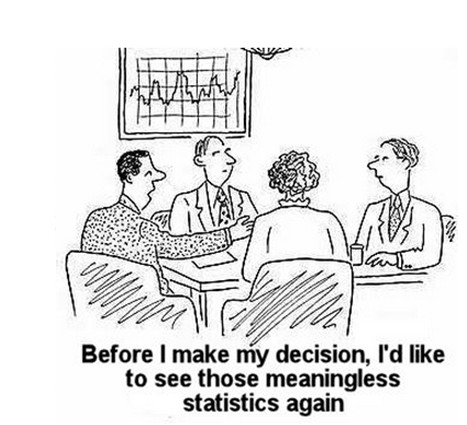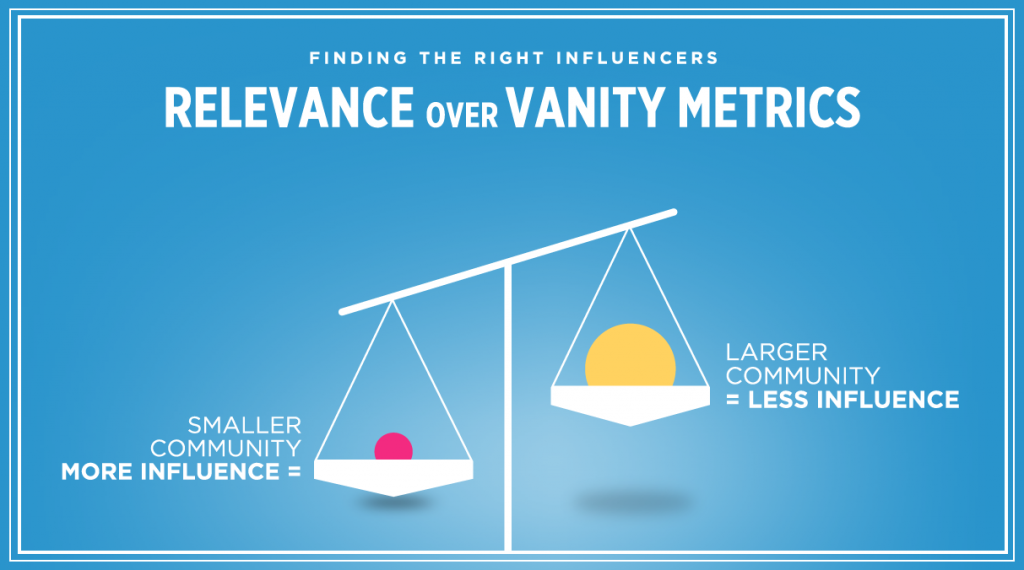How To Measure Your Content Performance
How do you measure your content performance?
Content marketing has become to the most significant facet of the marketing mix and shows no signs of stopping. However, brands and businesses still find it difficult to truly define their ROI.
The main challenge companies face is what needs tracking initially. As content marketing has continued to expand, the technology used to measure performance has rapidly grown. As a marketer, you now have dozens of differing data points to measure one piece of content, but as we know, not all metrics are the same.
What Are Your Campaign’s Objectives?
The key to interpreting your data is having a very clear image of what you wish to accomplish with each new campaign. For many, main objectives usually include brand exposure or recognition, an upturn in sales, more user registration or lead generation.
More often than not, you’ll see these goals lead to, or impact other key organizational objectives. For instance, creating easily read, fun and shareable content increases your recognition, which in turn, creates an increase in purchases or lead acquisitions.
Having an understanding of the goals you hope to achieve with each campaign will help identify the specific metrics that you’ll find critical, and others that are just simply good to know.
Don’t Cling To Vanity
Vanity metrics are things that look good on paper, but shouldn’t be how you measure your content performance.
Vanity metrics can include:
- Page views
- Downloads
- Likes
- Shares
- Subscribers
Many businesses can be wooed by something like a spike in page views, believing pageviews=audience. And, while that may be true by definition, it’s not yet relevant for measuring actual engagement from the said audience.
Let’s say you’ve hired two influencers to represent your brand. Influencer 1 may offer you a monthly page view count of 30 000, while Influencer 2 reports a modest 9000. However, once the content is live on both their respective social pages, you notice much more traffic coming from Influencer 2. With deeper analysis, using off site tracking, you would be able to report on which influence is creating true engagement.
There are still and will always be executives who latch onto these vanity metrics as a measure of success. The good news is these statistics are simply obtained via Google Analytics or through the analytics of each respective social network. If this is what you’re asked to gather, take the opportunity to balance your assessment with more meaningful data in the hope your business will begin seeing the value in it.
Tracking Deeper Metrics
Deeper metrics understand the diversion of engagement and retention, this shows you how real your audience is and help you truly measure your content performance.
Deeper metrics will vary on the goals of each campaign, however, these are a good start for analytics:
- Time on content (how long the reader stayed with the content
- Timeline of engagement (how each campaign has performed over a period of time)
- Content by engagement (which piece of content had the highest engagement)
- Channels by engagement (which social media does your content perform best on)
- Conversion rate by content (to track conversion by content, you’ll need a link or CTA in the original content which ultimately leads to conversion)
- Influencers by engagement (if you’ve used an influencer, what was their range?)
Tracking for deeper metrics means looking for data beyond the scope of a standard analytics tool.
Using smart URLs gives you in depth insight into engagement with your off-site content. You can track which content is performing best by channel, influence, campaign and more.
The use of these URLs is unbeknownst to the user, but the clicking of a link with a smart URL triggers the collection of hidden data points. These data points create an extensive reporting system, giving you a trove of knowledge on the performance of your content and distribution.
So, ask yourself how do you measure your content performance now? What are you using for insight and engagement? If you’re looking for a deeper understanding of how to measure your success, or perhaps faults, get in touch with SLX today on 1300 859 600 and we’ll get started!




